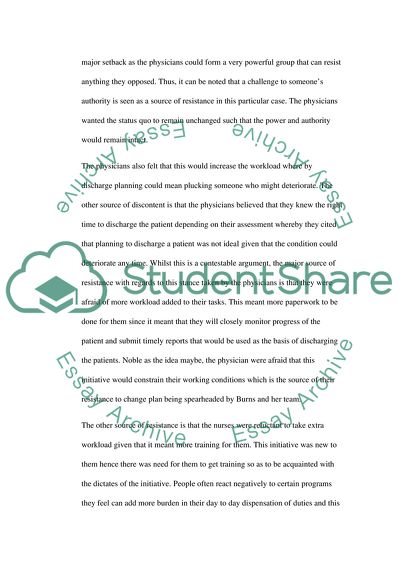Cite this document
(Human Resources Management in Health Care Industry Assignment, n.d.)
Human Resources Management in Health Care Industry Assignment. Retrieved from https://studentshare.org/human-resources/1744595-leading-organizational-changes-improving-hospital-perfomrmance
Human Resources Management in Health Care Industry Assignment. Retrieved from https://studentshare.org/human-resources/1744595-leading-organizational-changes-improving-hospital-perfomrmance
(Human Resources Management in Health Care Industry Assignment)
Human Resources Management in Health Care Industry Assignment. https://studentshare.org/human-resources/1744595-leading-organizational-changes-improving-hospital-perfomrmance.
Human Resources Management in Health Care Industry Assignment. https://studentshare.org/human-resources/1744595-leading-organizational-changes-improving-hospital-perfomrmance.
“Human Resources Management in Health Care Industry Assignment”, n.d. https://studentshare.org/human-resources/1744595-leading-organizational-changes-improving-hospital-perfomrmance.


